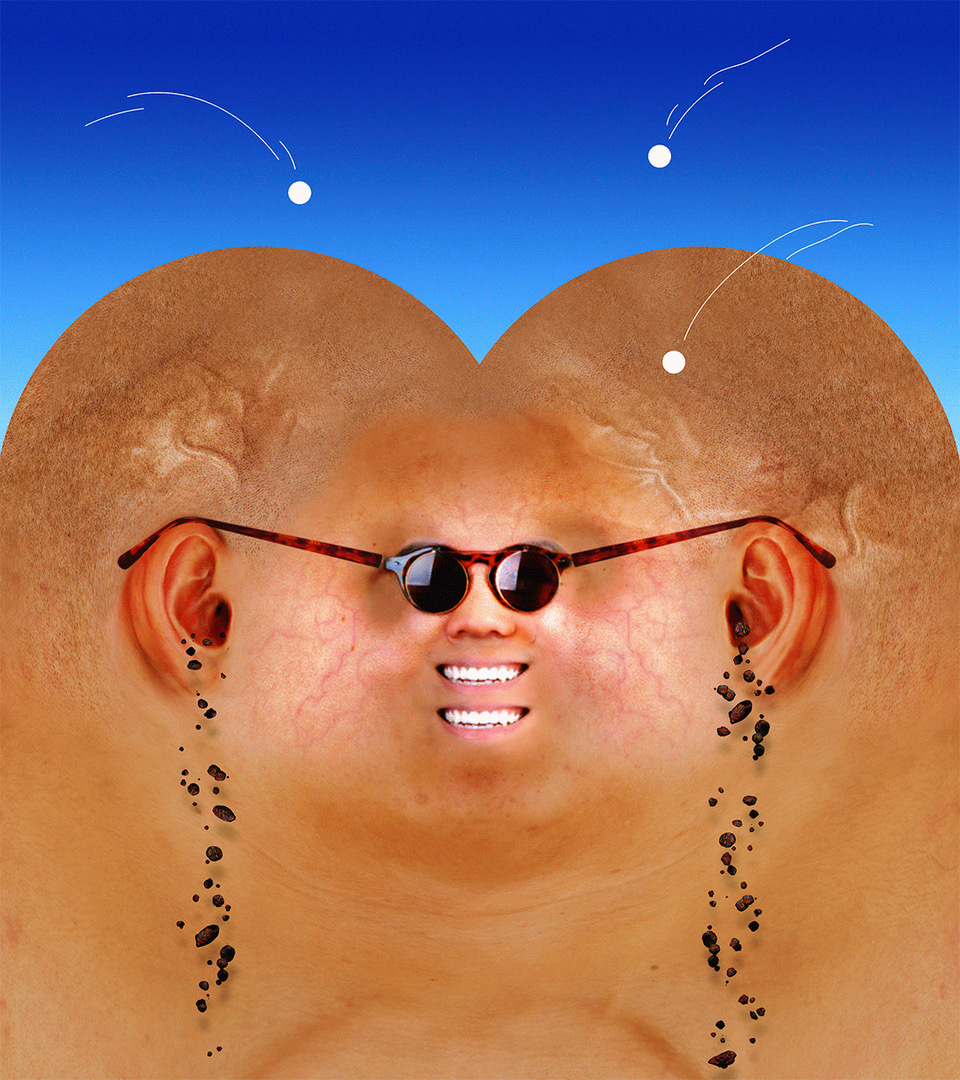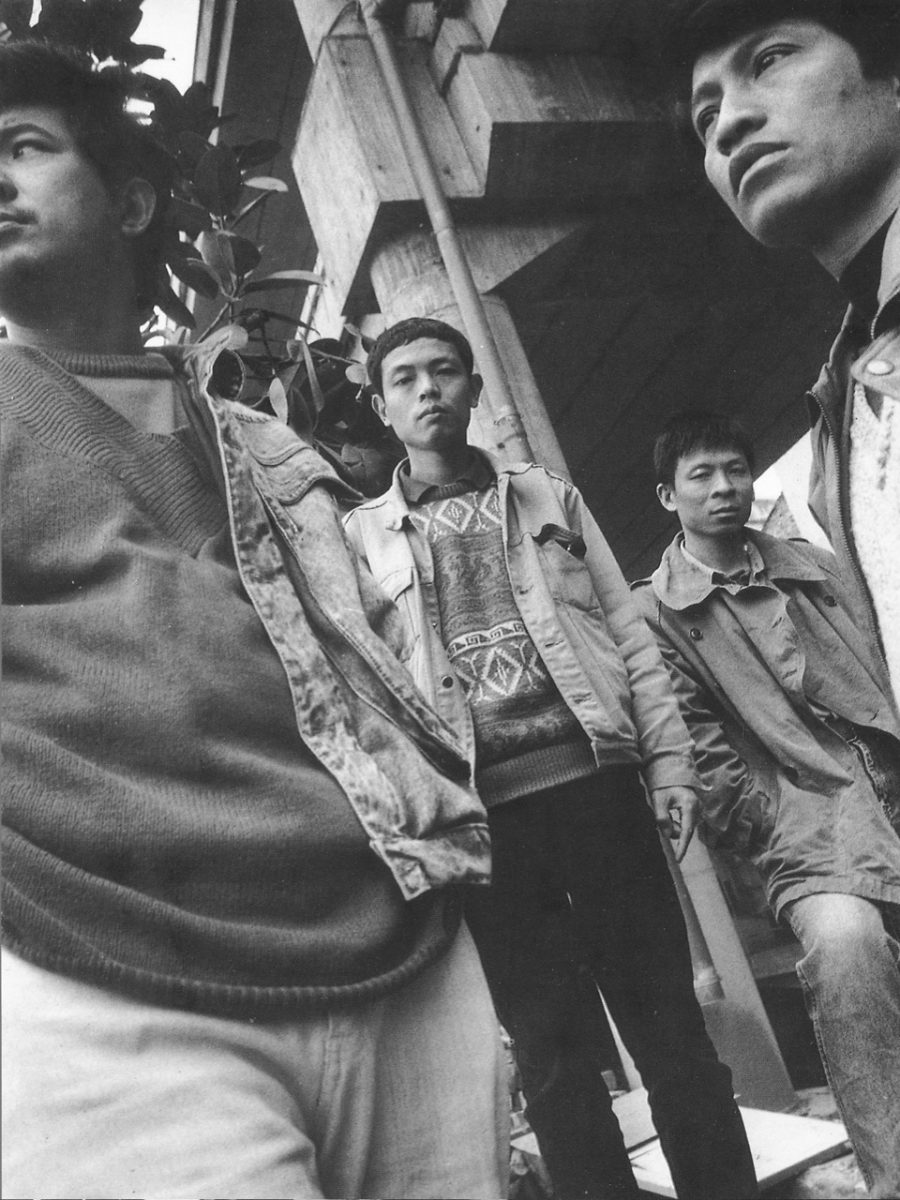Wong Ping: Earwax
March 4 to June 26, 2022
Curated by Hou Hanru

Wong Ping is one of the most eccentric artists of our time… Probably, this is because he grew up in a very eccentric city called Hong Kong, trapped in an even more eccentric time that is called postcolonial-neocolonial transition. Now there is an urgent need to deal with an all the more eccentric ‘new age’, strangely called ‘Covid and post/neo-Covid’ that is turning the world into a generally eccentric place. Or you could call it an innovative ecology of life.
From Hong Kong, Ping sends us greetings, somewhat intimately, via the secret canal – his ears are now connected to ours. Is there a hole to some fresh air out there, on the other side of the world, in this ‘pandemic new age’?
We are falling in love with Ping… It’s time to reread El amor en los tiempos del cólera (Gabriel Garcia Márquez).
Times Art Center Berlin: Summer Program 2022
July 2022
During the month of July, Times Art Center Berlin will host an engaging summer program with international collaborations. Stay tuned for more information soon!
Three Contested Sites—The Worldly Fables of the Long 1990s
September to December 2022
Curated by Nikita Yingqian Cai and Mia Yu

Zooming in on three exhibitions and their transnational itinerates that map the discrepant connections across stories, artworks, cities, and thoughts, the long-term project “Three Contested Sites – The Worldly Fables of the Long 1990s” attempts to unpack the long 1990s in view of post-Cold War Europe-Asia reverberances. The exhibitions include: China Avant-garde at the Haus der Kulturen der Welt in Berlin that marked the watershed year of 1993 together with a succession of “offshore” exhibitions focused exclusively on contemporary art from inside mainland China; Die Hälfte des Himmels (Half the Sky) at the Frauenmuseum Bonn in 1998 as the institution’s rebuttal to a protest against the lockout of Chinese women artists in the China! exhibit at the Kunstmuseum Bonn in 1996; Cities On the Move, the emblematic exhibitions that toured a variety of locations in Europe, the U.S. and Asia (Vienna, Bordeaux, New York, Humlebaek, London, Bangkok) and documented the accelerated changes and urban flux occurring in global Asian cities. More than key events in Chinese contemporary art history, these exhibitions are also transnational sites of contacts, conflicts, and productive contestations, where the joint forces of social processes, art projects, cultural agents, institutional positionalities and urban spaces have intersected to create worldly fables about the canonization of Chinese contemporary art, the global rise of the Asian art market, the dualistic fixation of East-West ideologies, and the emergent millennial coordinates of gender, ethnicity, and urban identity.
Publication: Big Tail Elephants Working Group (working title)

The book aims to retrace the singular history of the Guangzhou-based group “Big Tail Elephants Working Group” (1991-2003) by means of archives (artists’ drawings and notes on works, correspondence with curators, discussions) which remain unpublished for most of them, as well as historical images of the exhibitions. Founded at the end of 1990 by Chen Shaoxiong (1962-2016), Liang Juhui (1959-2006) and Lin Yilin (1964- ), and joined one year later by Xu Tan (1957-), the group was a pioneer of experimental art during the last decade of the 20th century in Guangzhou, the Pearl River Delta (PRD) and China. Its formation and development, as well as its modus operandi, have creatively incarnated the dynamic process of China’s recent modernisation, and the particular model of social, cultural, economic and even political transformation generated in the PRD region – a highly original and stimulating way to intervene in the process of global restructuring of economic, cultural and geopolitical order. “Big Tail Elephants Working Group” showed as a collective for the last time at the 2003 Guangzhou Triennial. With the disappearances of Liang Juhui in 2006 and Chen Shaoxiong in 2016 and the emigration of Lin Yilin to New York “Big Tail Elephants Working Group” with their activities deeply rooted in the context of the PRD stopped to exist but leave an important legacy behind.
Edited by Hou Hanru, the artistic director of MAXXI Rome, and Yu Hsiao-hwei, an independent journalist and art critic, the publication will be the first comprehensive book shedding light on Big Tail Elephants Working Group’s influential practice in the context of contemporary Chinese art and beyond. It will also comprise essays contributed by prominent figures from the Asian art scene, such as Mr. Hou himself, Chen Tong (founder of Libreria Borges and Video Bureau), Hu Fang (co-founder of Vitamin Creative Space), Nikita Yingqian Cai (chief curator at the Guangdong Times Museum), and Anthony Yung (senior researcher at the Asia Art Archive in Hong Kong).